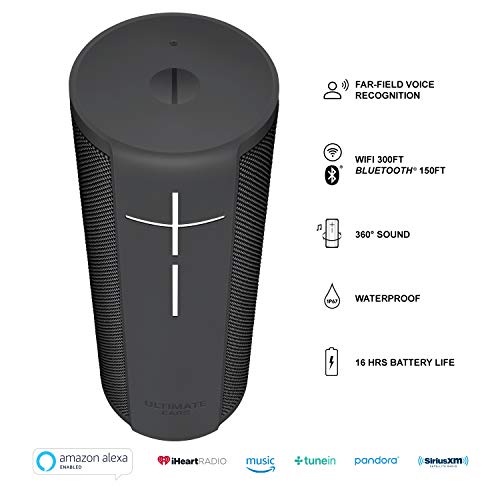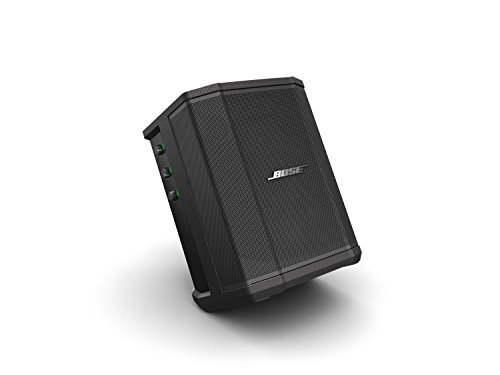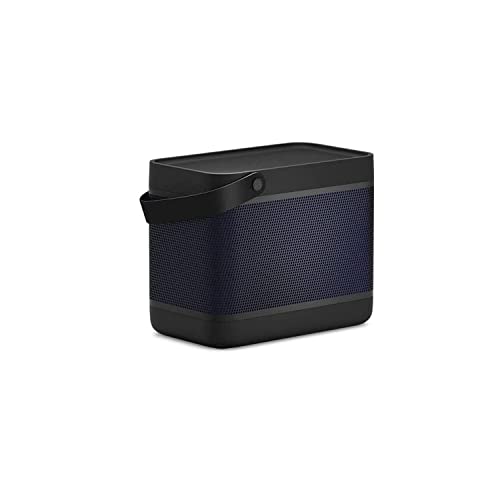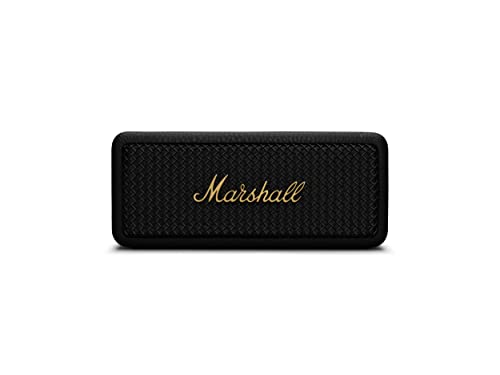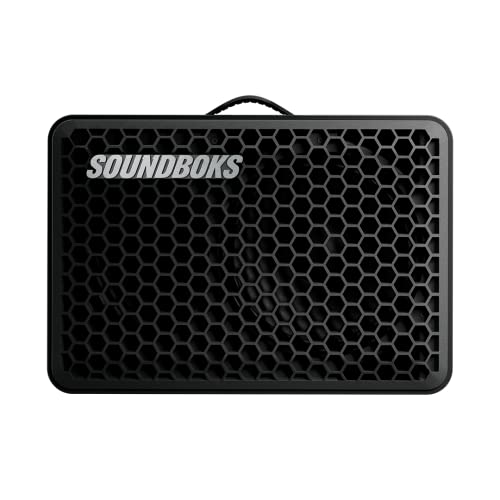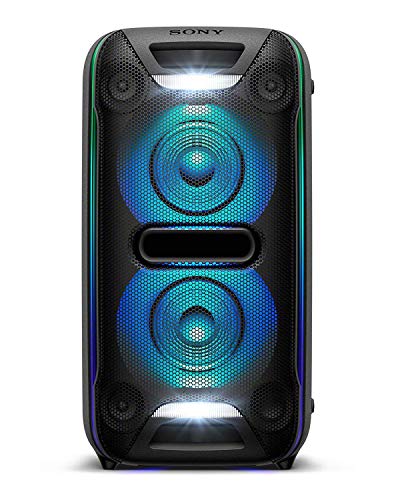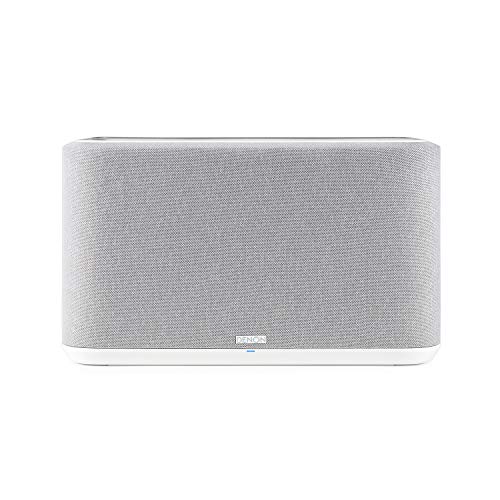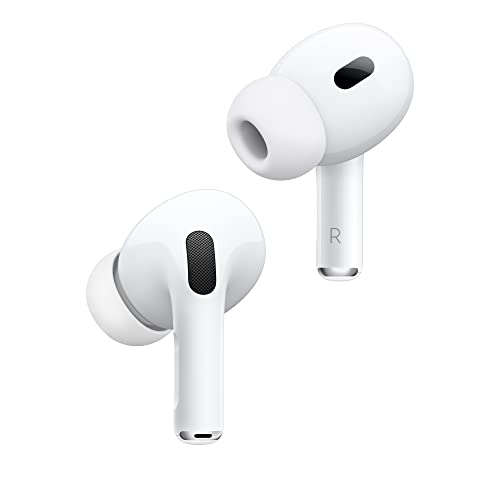The sense of sound is an extraordinary thing. And the best speakers harness electricity to power speaker components into manipulating air to make sound waves. Because of the remarkable achievement of the electric speaker, we’re here to answer the question, “what is a speaker”?
KEY TAKEAWAYS:
- The general makeup of a powered speaker has been consistent since 1925 when Chester W. Rice invented the dynamic speaker model.
- Speakers are made up of two main parts: the motor and cone/diaphragm. Together take an electrical energy signal, create movement and pressurize air to create sound waves.
- A passive speaker draws power from an amp, while the active speaker has an amp built internally into the cabinet.
For more articles that dive into the world of sound, check out what a soundbar does, what types of speakers are there, how to setup speakers, what gauge wire to use for speakers, and how to test if speakers are wired correctly.
What Makes a Speaker?
Two main components make up speakers and allow them to play our favorite audio. These are the motor and the speaker cone. The motor picks up the electric signal from the amplifier and, through the voice coil, converts it into physical movement. The cone is what takes this movement to translate into a specific air pressure that creates sound waves. If either of these is broken, you won’t hear the sound. This is similar to how it’d be if your iPhone sound stopped working.
Insider Tip
When purchasing speakers, consider all of the elements of the space it will be in, such as flooring and wall material, how many windows there are, and how insulated the room is.
The motor consists of a voice coil and magnet. Voice coils are thin coils of wire that take electric audio signals to create a magnetic field. The magnet that surrounds the voice coil attracts and repels the coil to keep it in motion. This precision of this electric field works with the speaker’s positive and negative polarity to direct the wide range in which it needs to move.
The cone takes the coil’s output power and turns it into sound waves. It needs a suspension system to control the range of motion to work. The suspension is made of a strip of material surrounding the cone and a corrugated part called “the spider” at its center. As the cone moves, it creates pressurized sound waves in the atmosphere that we perceive as audible sound.
Identifying a good speaker from a bad speaker comes from listening to see how accurately (clarity with different frequencies) and forcefully (volume) it translates the electronic signal into audible pressure waves. And for a practical look at one specific type of speaker, check out our article covering how to replace subwoofer speakers.
How Have Speakers Evolved?
The first internal speaker systems were invented in the late 1800s when Alexander Graham Bell used an electrified loudspeaker as the audio source of his telephone. But it wasn’t until 1912 and the discovery of amplification via a vacuum tube that the electric loudspeaker became very useful.
Then in 1925, Chester W. Rice invented the dynamic speaker, which is still the standard technology we see in speakers today. Since then, speaker developers have improved accuracy, frequency response, sound pressure levels, and suspension measures.
Nowadays, we’re able to play music on two connected Bluetooth speakers. Isn’t technology amazing?
Warning
Never use a speaker with a lower impedance level (power rating) than the amp, or it could fry your entire system.
F.A.Q.S
What does the term audio frequency response mean, and why is it important?
Frequency response indicates the total frequency range a speaker is capable of reproducing. A speaker needs to have this because it can produce lower bass sounds and higher treble sound frequencies.
In what ways are speakers improving?
The leading way manufacturers improve speakers is by increasing frequency response, especially for less powerful/smaller speakers. Improvement also comes by limiting distortion levels.
How do you find the right speaker for your amplifier?
When pairing a speaker with an amp, the main thing to consider is to match the impedance levels. From there, you can determine based on budget and volume needs.
STAT: Over 25% of American adults own a smart speaker. (source)
REFERENCES:
- https://blog.landr.com/how-do-speakers-work/#:~:text=Speakers%20work%20by%20converting%20electrical,it%20induces%20a%20magnetic%20field.
- https://www.youtube.com/watch?v=RxdFP31QYAg
- https://www.pewresearch.org/fact-tank/2019/11/21/5-things-to-know-about-americans-and-their-smart-speakers/r
- https://www.bestbuy.com/site/buying-guides/speaker-buying-guide/pcmcat313900050012.c?id=pcmcat313900050012
- https://edisontechcenter.org/speakers.html

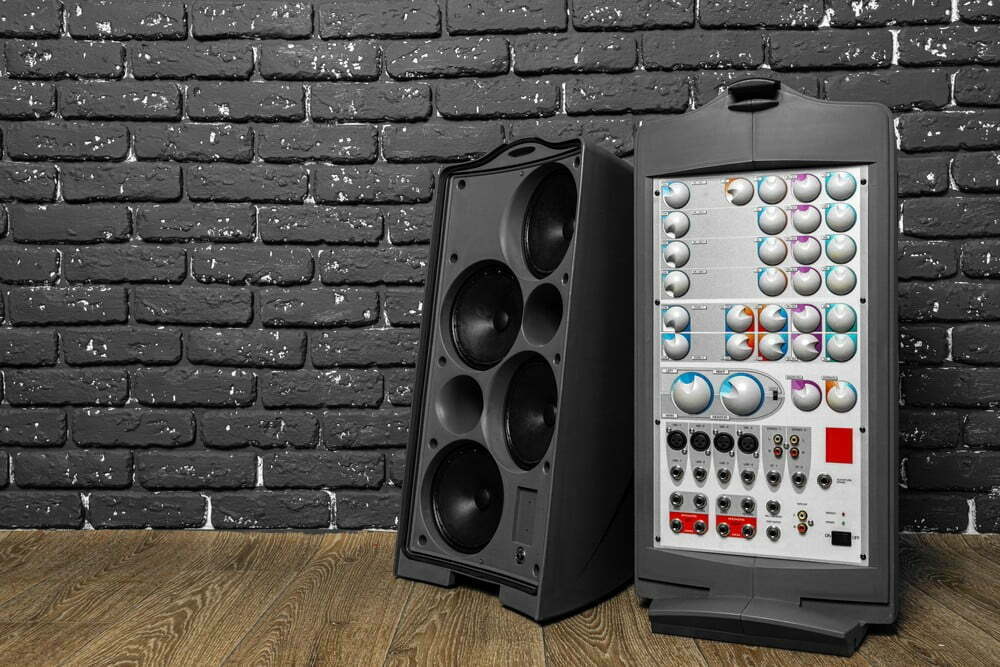













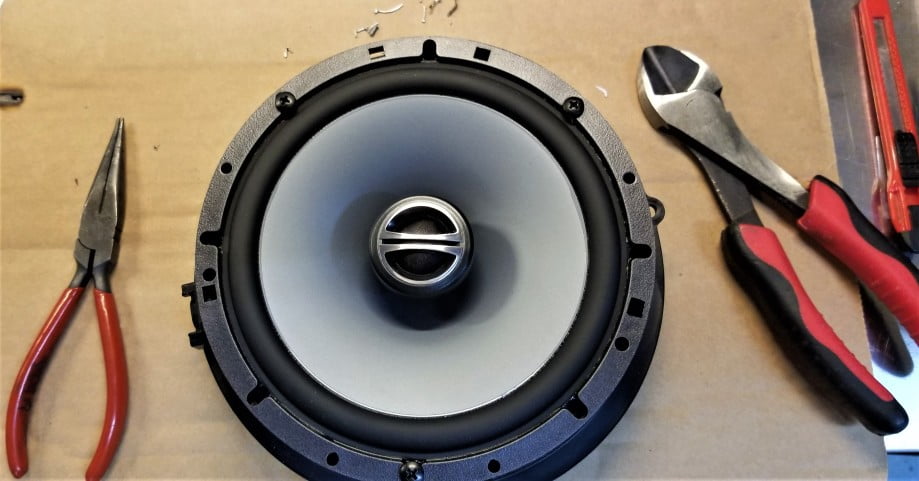
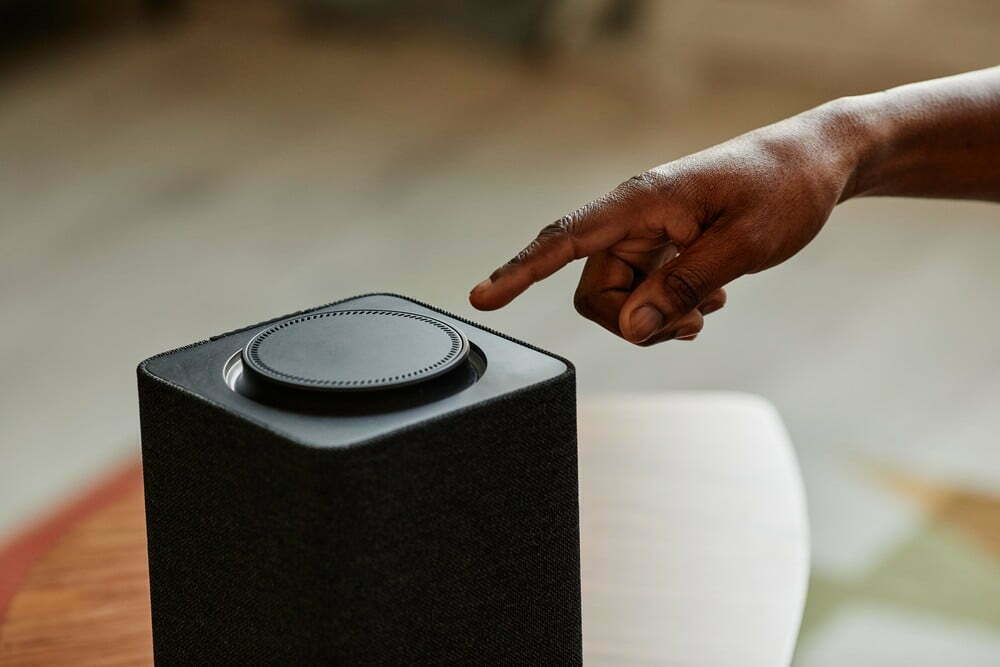
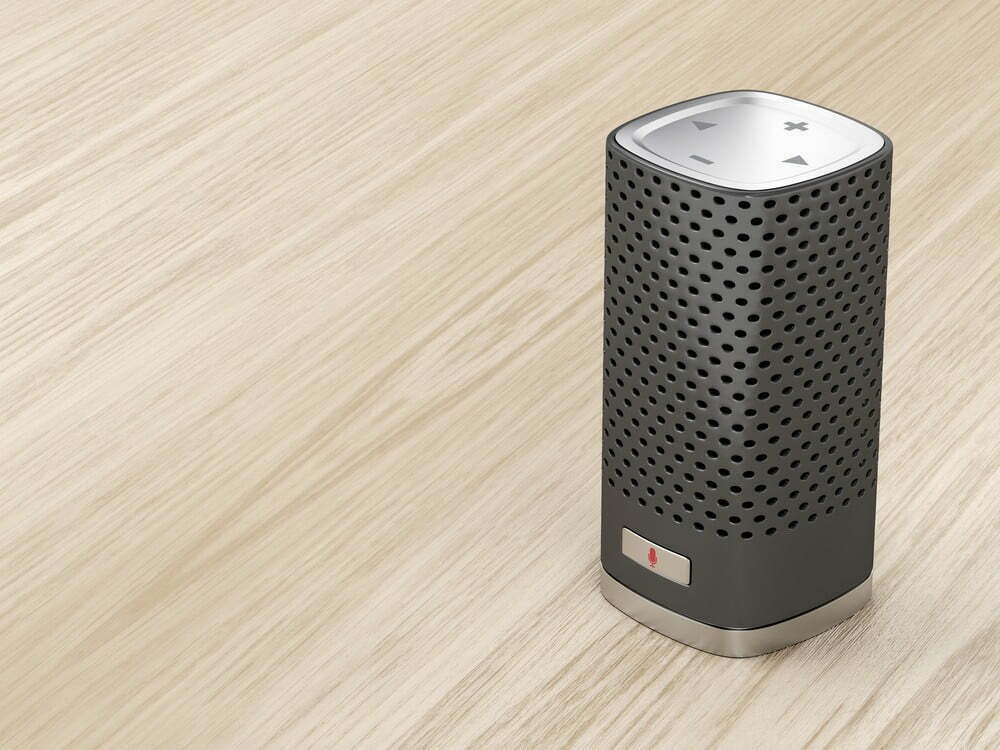


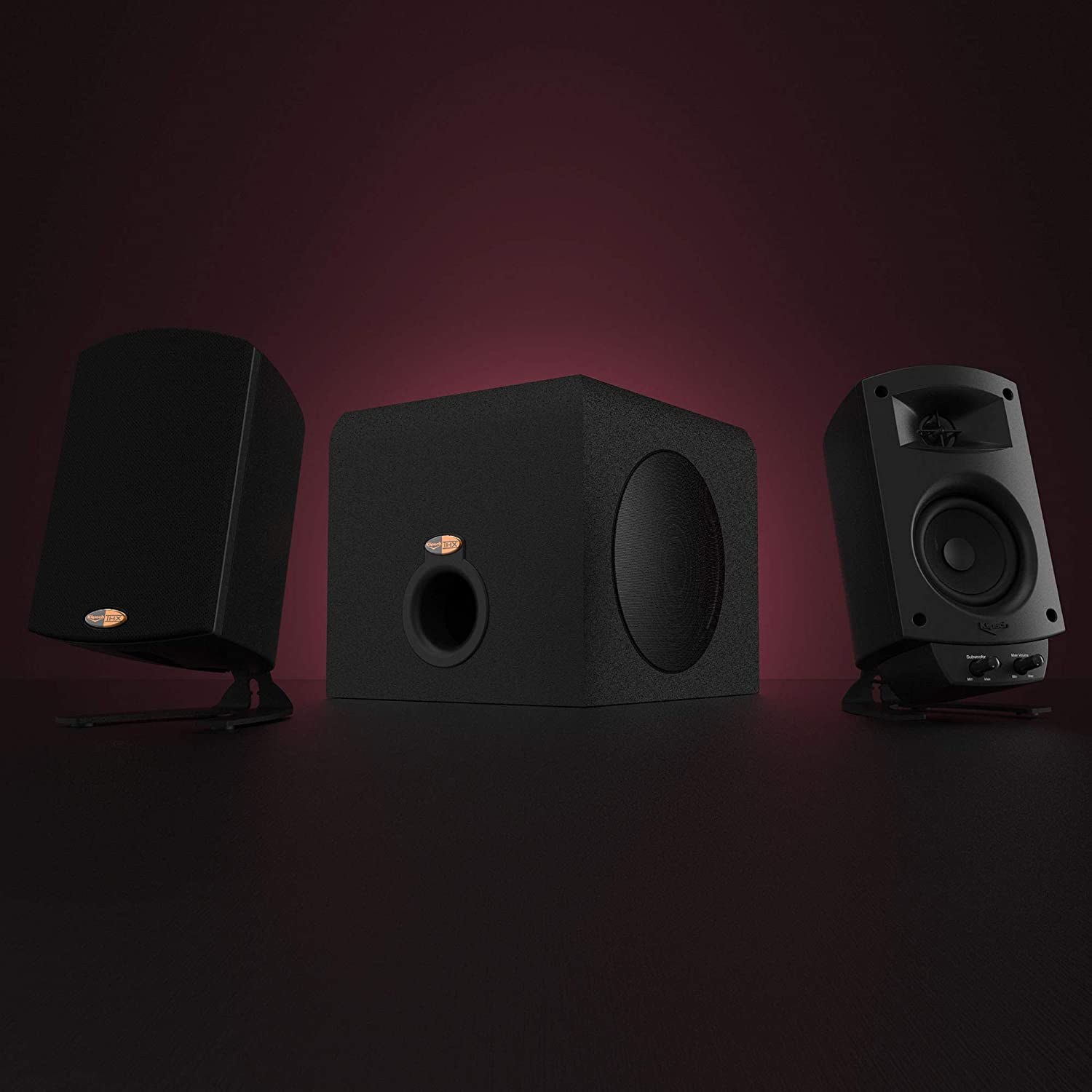
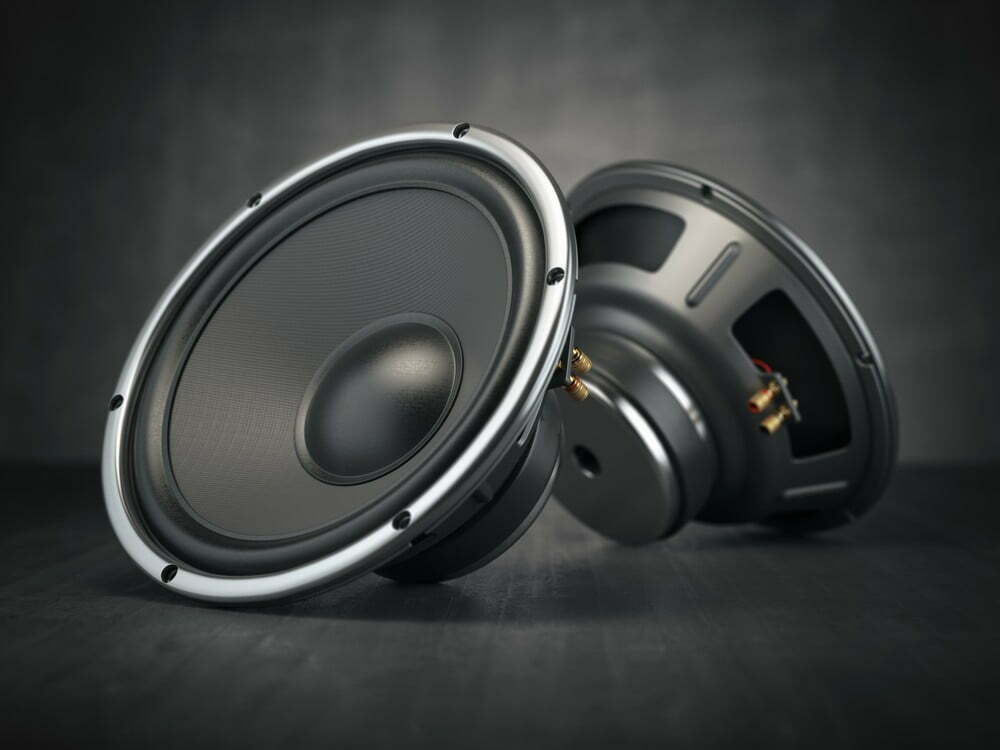
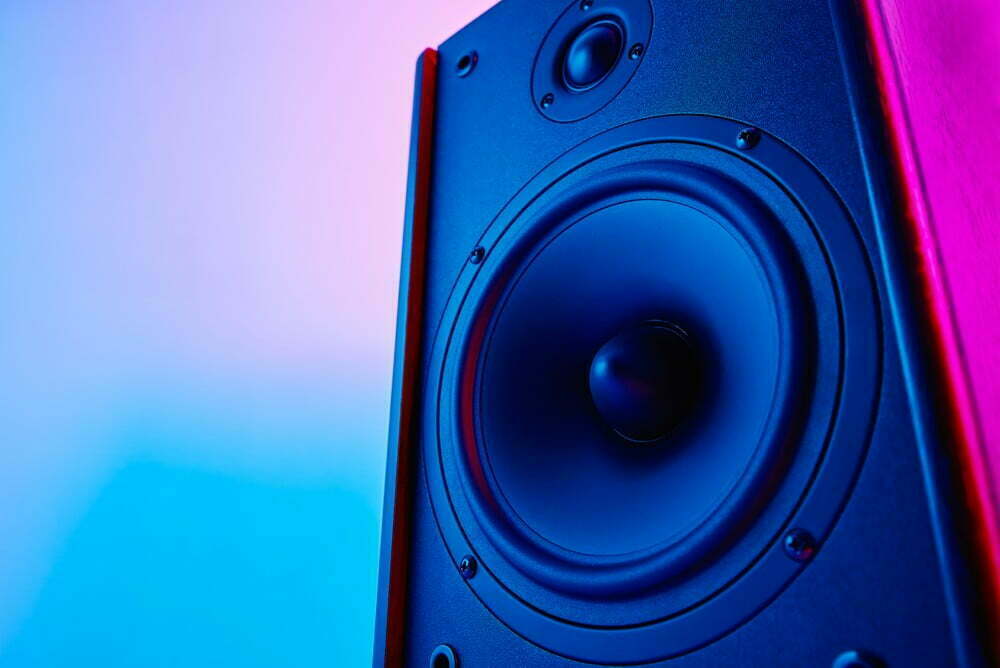
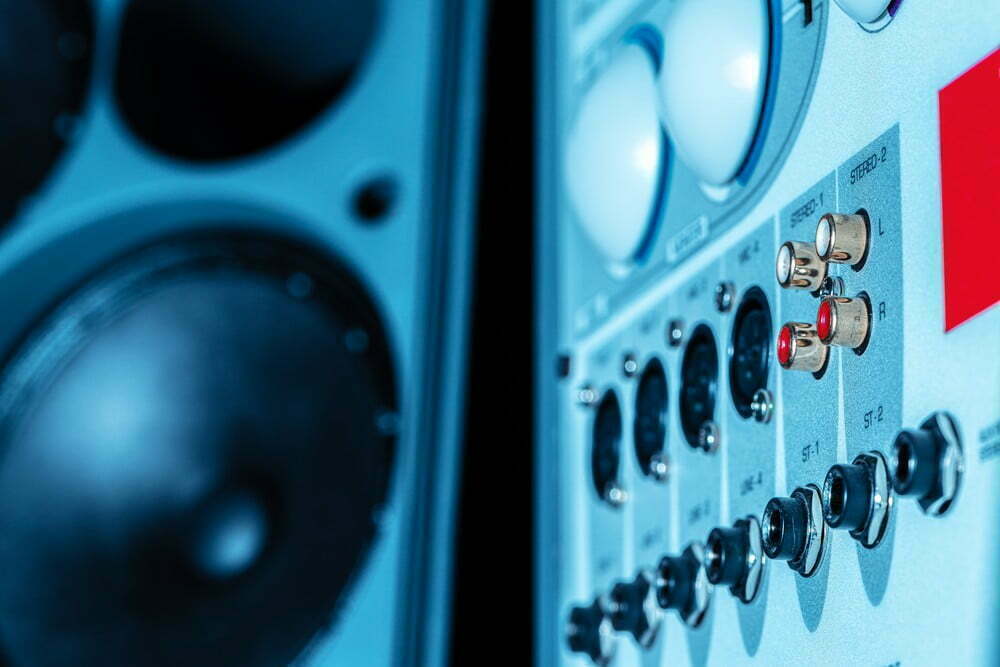

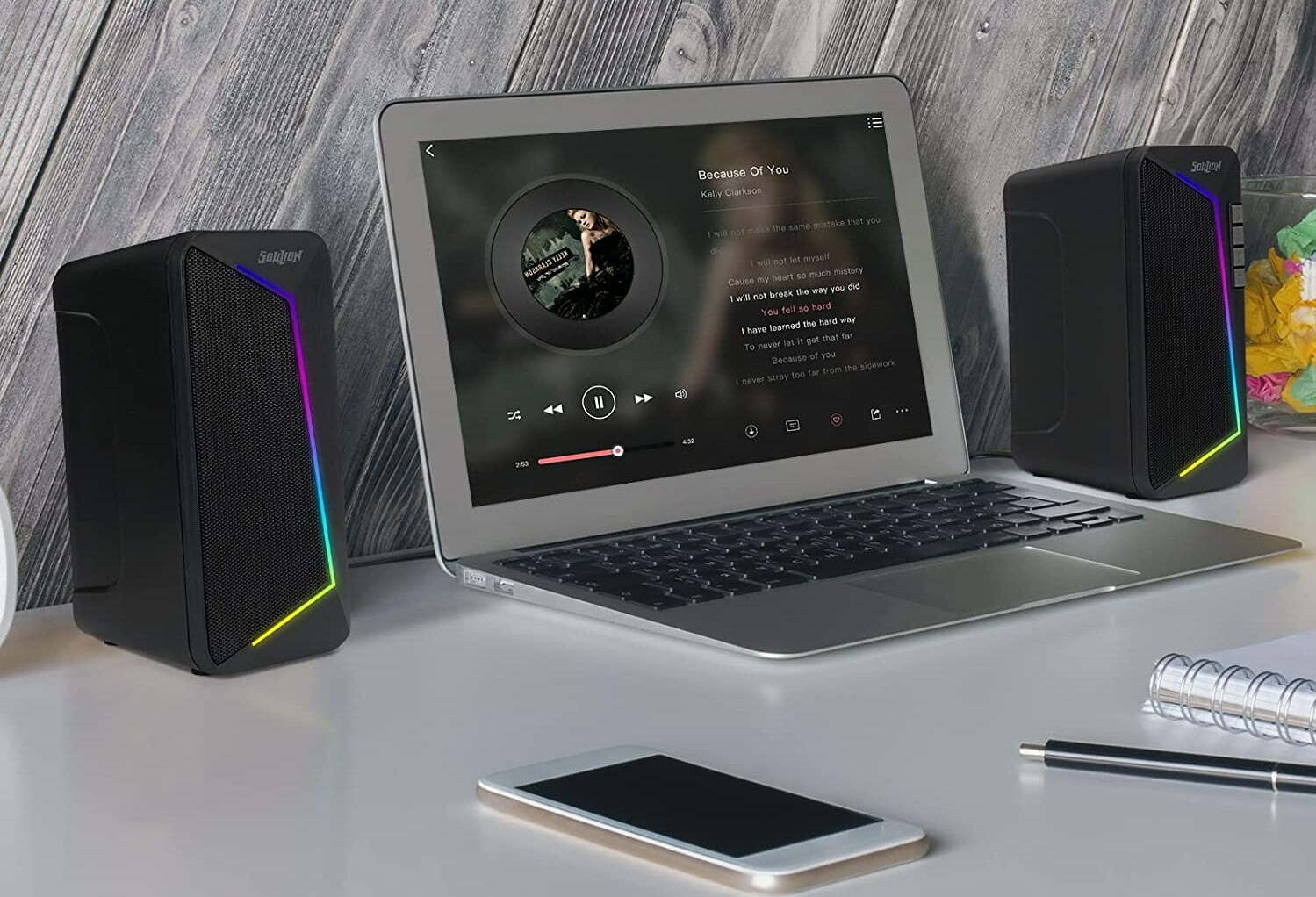
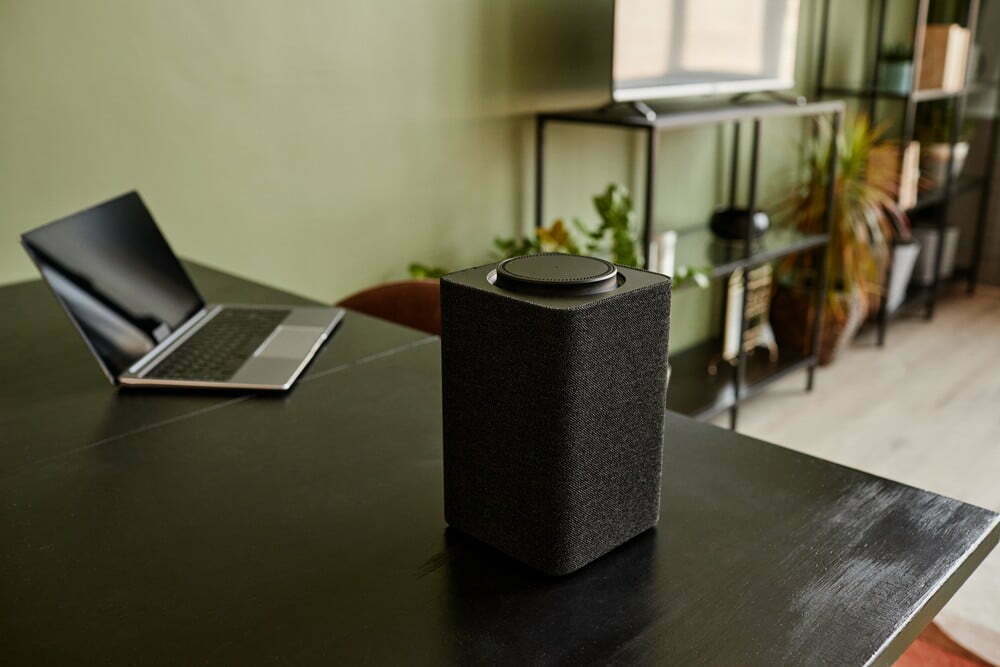

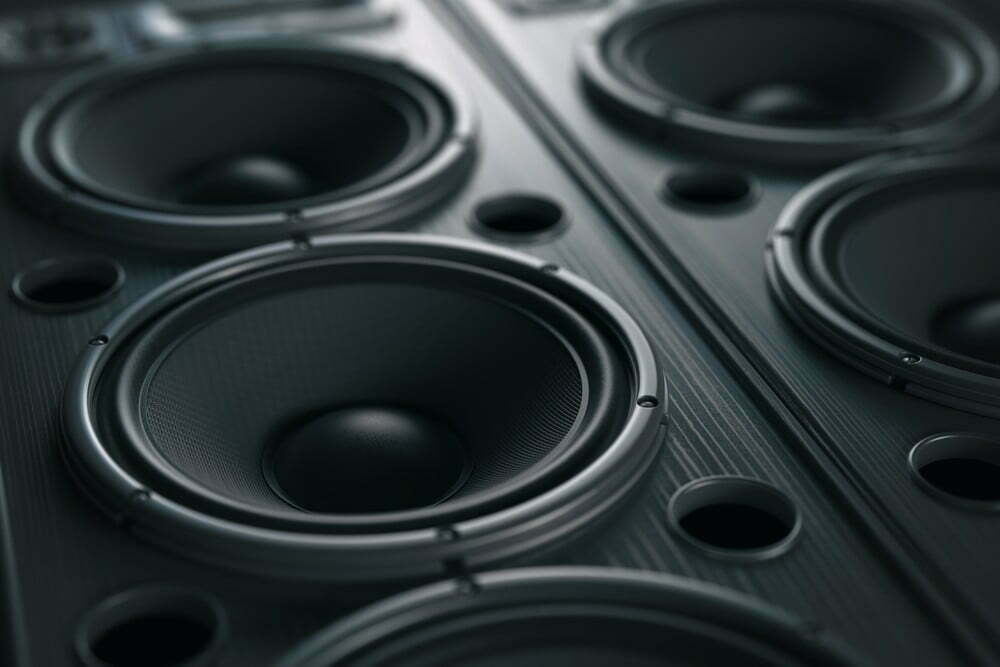

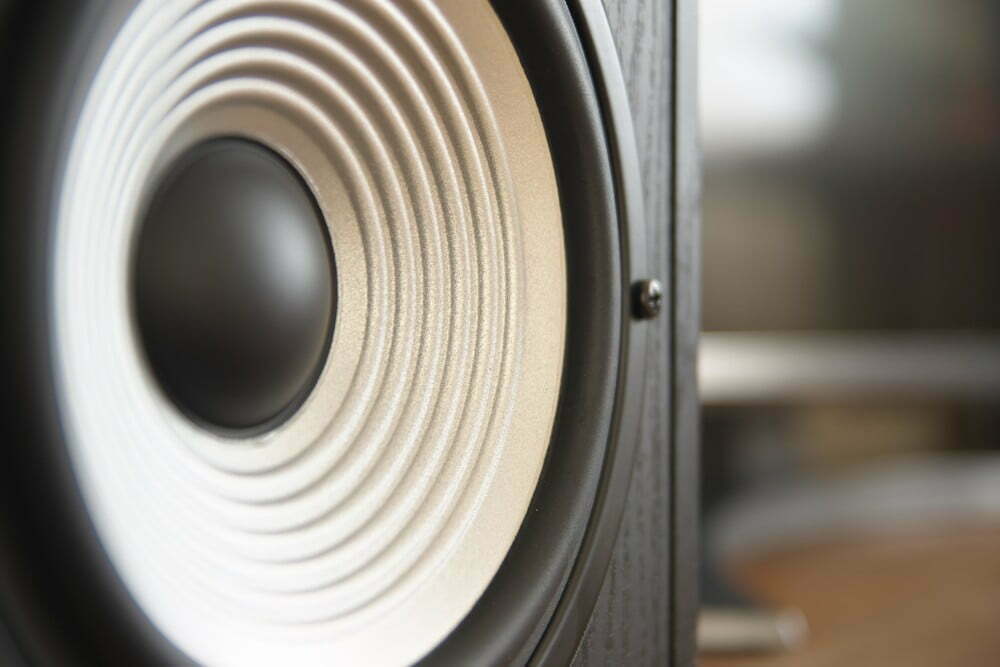
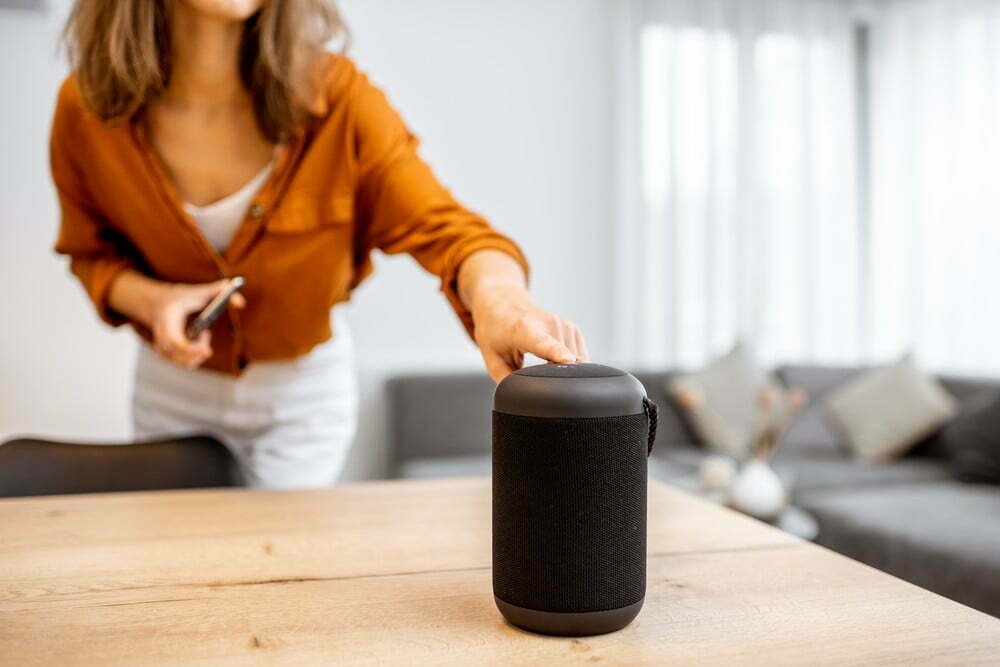
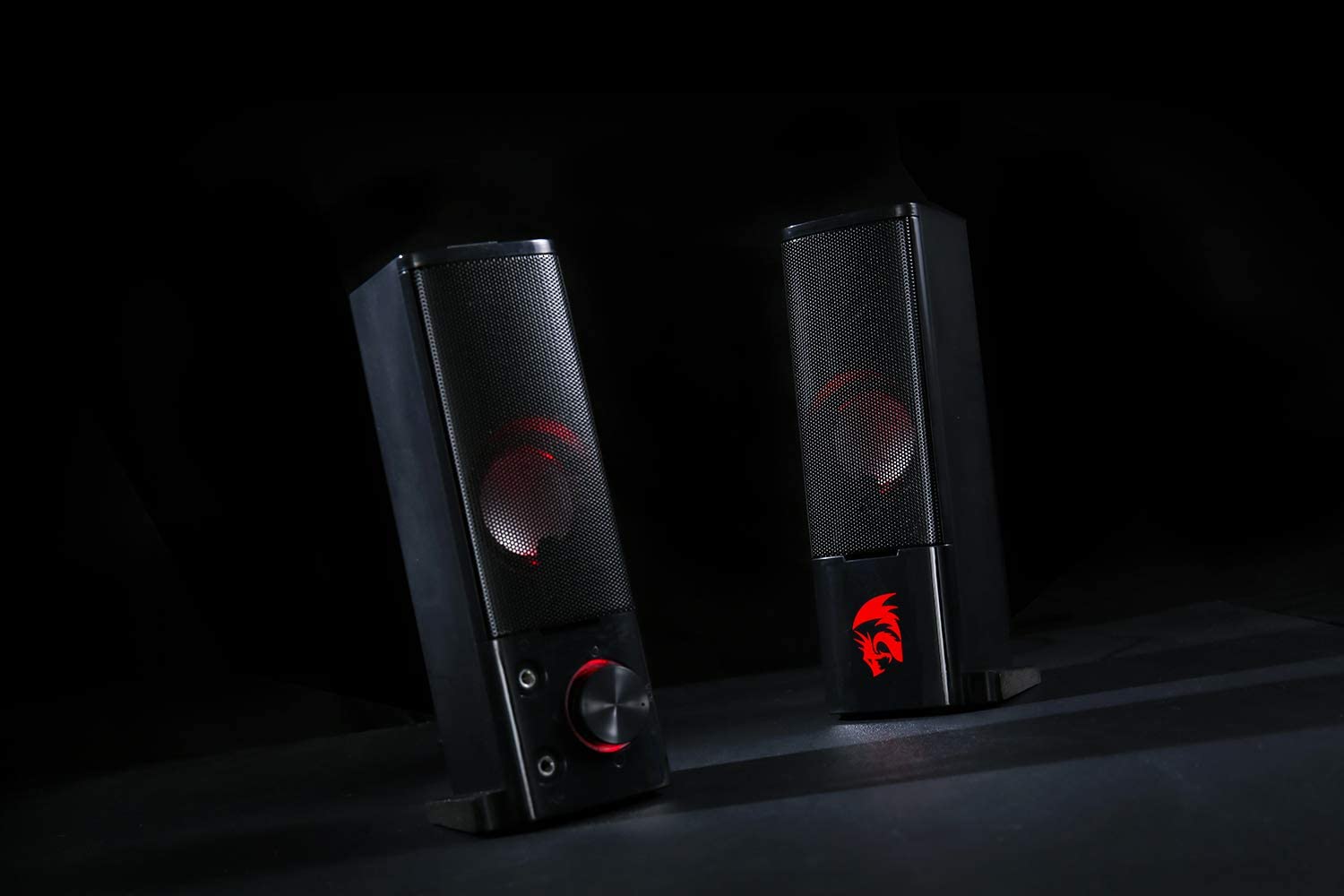
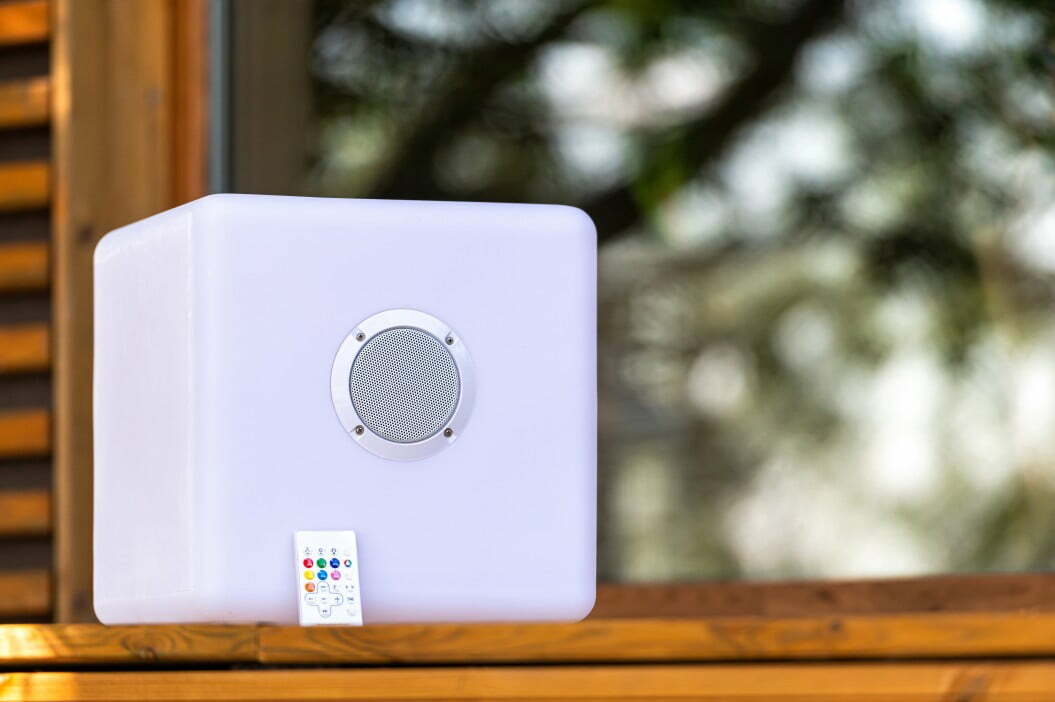
![Best Powered Speakers in [year] 27 Best Powered Speakers in 2026](https://www.gadgetreview.dev/wp-content/uploads/best-powered-speakers-image.jpg)
![Best Stereo Speakers in [year] 28 Best Stereo Speakers in 2026](https://www.gadgetreview.dev/wp-content/uploads/best-stereo-speakers-image.jpg)
![Best SoundBar in [year] ([month] Reviews) 29 Best SoundBar in 2026 (January Reviews)](https://www.gadgetreview.dev/wp-content/uploads/best-soundbar-image.jpg)
![Best Subwoofers in [year] ([month] Reviews) 30 Best Subwoofers in 2026 (January Reviews)](https://www.gadgetreview.dev/wp-content/uploads/best-subwoofer-image.jpg)
![Best TableTop Radio in [year] ([month] Reviews) 31 Best TableTop Radio in 2026 (January Reviews)](https://www.gadgetreview.dev/wp-content/uploads/best-tabletop-radios-image.jpg)
![Best 8 Inch Subwoofers in [year] 32 Best 8 Inch Subwoofers in 2026](https://www.gadgetreview.dev/wp-content/uploads/best-8-inch-subwoofer-image.jpg)
![Best Surround Sound Systems in [year] 33 Best Surround Sound Systems in 2026](https://www.gadgetreview.dev/wp-content/uploads/best-surround-sound-system-image.jpg)
![Best Laptop Speakers in [year] 34 Best Laptop Speakers in 2026](https://www.gadgetreview.dev/wp-content/uploads/best-laptop-speakers-image.jpg)
![Best Wireless Surround Sound Speakers in [year] 35 Best Wireless Surround Sound Speakers in 2026](https://www.gadgetreview.dev/wp-content/uploads/best-wireless-surround-sound-image.jpg)
![Best Bose Speakers in [year] 36 Best Bose Speakers in 2026](https://www.gadgetreview.dev/wp-content/uploads/best-bose-speakers-image.jpg)
![Best Home Stereo Systems in [year] 37 Best Home Stereo Systems in 2026](https://www.gadgetreview.dev/wp-content/uploads/best-home-stereo-system-image.jpg)
![Best WiFi Speakers in [year] 38 Best WiFi Speakers in 2026](https://www.gadgetreview.dev/wp-content/uploads/best-wifi-speakers-image.jpg)
![Best Wireless Home Theater Systems in [year] 39 Best Wireless Home Theater Systems in 2026](https://www.gadgetreview.dev/wp-content/uploads/best-wireless-home-theater-system-image.jpg)
![Best Party Speakers in [year] 40 Best Party Speakers in 2026](https://www.gadgetreview.dev/wp-content/uploads/best-party-speakers-image.jpg)
![Loudest Bluetooth Speakers in [year] 41 Loudest Bluetooth Speakers in 2026](https://www.gadgetreview.dev/wp-content/uploads/loudest-bluetooth-speaker-image.jpg)
![Best Car Speakers for Bass in [year] 42 Best Car Speakers for Bass in 2026](https://www.gadgetreview.dev/wp-content/uploads/best-car-speakers-for-bass-image.jpg)
![Best Marine Speakers in [year] 43 Best Marine Speakers in 2026](https://www.gadgetreview.dev/wp-content/uploads/best-marine-speakers-image.jpg)
![Best JBL Speakers in [year] 44 Best JBL Speakers in 2026](https://www.gadgetreview.dev/wp-content/uploads/best-jbl-speakers-image.jpg)
![Best Home Theater Speakers in [year] 45 Best Home Theater Speakers in 2026](https://www.gadgetreview.dev/wp-content/uploads/best-home-theater-speakers-image.jpg)
![Best Waterproof Speakers in [year] 46 Best Waterproof Speakers in 2026](https://www.gadgetreview.dev/wp-content/uploads/best-waterproof-speaker-image.jpg)





